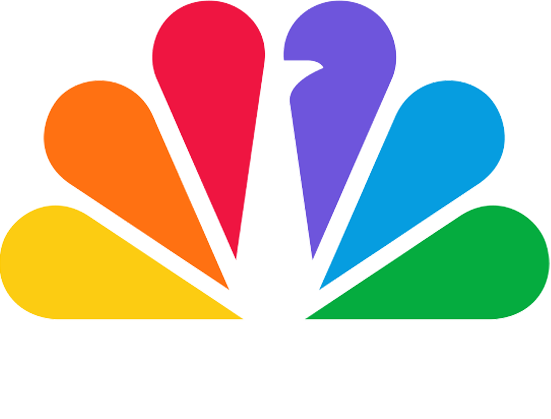WHEN: Today, Tuesday, December 14, 2021
WHERE: CNBC’s “Closing Bell”
Following is the unofficial transcript of a CNBC exclusive interview with Bank of America Chairman & CEO Brian Moynihan on CNBC’s “Closing Bell” (M-F, 3PM-5PM ET) today, Tuesday, December 14th. Following is a link to video on CNBC.com:
All references must be sourced to CNBC.
WILFRED FROST: Court, thank you very much. I am indeed in the top of Bank of America Tower no less in the middle of Manhattan with Chairman and CEO Brian Moynihan. Brian, great, great to be with you today and thank you for having us and what an amazing setting. Great weather.
BRIAN MOYNIHAN: That’s Chamber of Commerce weather out there and thanks for coming up Wilf and enjoy the views.
FROST: Yeah, we certainly are and you gave an interview, you’re quoted in an interview with AP yesterday saying that consumers are spending at the fastest pace you’ve ever seen. I mean, quite, quite the statement. Talk us through what you’re seeing, and is that purely in a good way or is there a risk of overheating a bit?
MOYNIHAN: I think it’s always good if consumers are active because that helps drive the US economy and it’s part of why we are who we are as a society in that country. But if you really, just to put in perspective, you have to think about the turn from ’18 to ’19 to ’20 to ’21. ’18 to ’19, it accelerated during the year but got about 10% higher than it was in ’18 and that was sort of your baseline pre-pandemic. It picked up from say 6% growth to 10% growth now, that’s across all kinds of spending, not just debit, credit cards, that’s only about 25% but cash and checks and what people spend money on. It’ll total 3.6 trillion this year to give you a sense, so it’s a big number. So, as you did obviously, it fell in the early part of ’20 then picked up and by this time in ’20, it was about the same as it was in ’19. And now this year, it’s 20% plus of where it was in ’20 and ’19 so twice the growth rate reflecting the economy growth and by the way, in the first part of December, it’s actually going faster too than it did in November and so that means consumers are out spending, spending the money that came through the stimulus, just spending the extra cash flow they have and, you know, the unemployment is down and that’s good for the economy.
FROST: So, I mean, you always have that very live data as you mentioned with early December, so Omicron hasn’t slowed it down at all.
MOYNIHAN: It hasn’t, it hasn’t. Interesting enough, like a month in November compared to ’19 to ’21, millennials and Gen Z’s spending at restaurants is up like 40%. So even when you think that we’ve closed down and open, you know, during November’s there and you haven’t seen any impact in December at all from the virus. Now, we’ll see if it all comes down to what the societal remedy has to be in order to curtail activities and knock on wood that the vaccines and all the work they’ve done to win the war on the virus and all the great science and everything’s gone through we’ll keep it under control.
FROST: And I mean, clearly, there’s a lot of inflation out there at the same time and consumer spending is just one of the inputs creating that, PPI this morning again incredibly hot. To what extent do you think that the Fed is at risk of being significantly behind the curve on that front?
MOYNIHAN: Well, they’re dealing, you just asked me a question about the new variant and what’s it going to have. That’s the problem they’ve been dealing with. The traditional view would be you’d have the recession, you come out of it, and then you could sort of predict the life or at least try to predict life. Now with this variant, it’s caused differences. They’ve held on longer but they put a between the fiscal stimulus and the monetary accommodation just a ton of money went into the economy. In those consumer accounts at Bank of America, they have November’s the first month that the balance of people carried like under $5,000 balance before the pandemic have carried, you know, three to eight times bigger as you go down lower. It was the first month in the $2,000 in the accounts they drifted down just a hair, 1%. They’ve been growing every month since July. So, what the Fed looks at is, you know, is this a temporary thing in a sense that the stimulus gets spent and it reverts to normal and what you’re seeing is this is hanging on so I think they know they have they have to do their job. Chair Powell has been clear about it. Two weeks ago, in front of Congress, he was clear about it. So how they do it, there will be a judgment based on what they know at the time, but everything would support that they can start to normalize monetary policy. They’ve said it and they’ll start doing it, probably tomorrow.
FROST: If we do see hikes early next year, for example, or by the middle of next year, are you relaxed about the effect that will have on the economy or is stagflation a genuine risk?
MOYNIHAN: All of them are risks and there are a lot of different risks but if you think about our economy had this year, it’s around high fives, high five point something percent GDP in the US. Next year, you know, four two, four three, in the next year, two two so 22 into four and then two just think six four two to make it simple. That reflects the tightening to come in to bring the economy back sort of to trend growth and things like that. So, I think mostly economic predictions are assuming the Fed raises rates next year and it cools the thing down. Could they overshoot the other way? They could, they won’t try, but they could but if anybody wants to think about, this Fed in 2019 when the economy growing and predicted to grow half the rate with the same size, with unemployment at 3.6 versus 4.2, had the Fed funds rate at nearly 2% and you had a flat yield curve because of what was going on in the markets so there’s not a mystery of the right, what they’ll do. The question’s when and how and at what pace based on what they see every day and I think where everybody the market will get really worked up, it is March, is it June, you know, at the end of the day is it’ll come pretty quickly and but they’ll normalize carefully.
FROST: And credit quality has remained unbelievably calm and benign. What areas do you keep an eye on daily for that changing, the, that you’re a little bit worried about?
MOYNIHAN: All of them. I mean, we’re paid to worry at the top of these large corporations, these large banks and we have capital liquidity and made to the crisis and we stress test every quarter but you worry about all of it and, you know, we have that balanced book between commercial and consumer and its growing well. We grew it like 8% or 9% annualized growth rate in the third quarter. We’ve seen that carry forward in the fourth quarter. So you’ve seen people borrow, the credit quality is very strong especially on the consumer side and, you know, given what we see it should stay strong. Do we look at it all and worry about it? Yes. Are you worried about housing prices have gotten too high and the impact rates will bring that down? Sure. You’re worried about all that but you don’t see that having a big impact on credit in the near term just because we think the Fed can ease back into this and the amount of stimulus in people’s accounts, the amount of unemployment being 4.2 already, it’s a pretty good bearing on people who earn the money can spend it now and keep the economy going.
FROST: When you look at the enormous growth in buy now pay later, is that something that you feel like you missed the trick on at all?
MOYNIHAN: Not really because it’s a different way for people to pay and so, it’s been an enormous growth but maybe not in the context of a company that has $80 billion in credit cards and $200 something billion in mortgage loans and home equity loans and auto loans and so it’s grown from zero to something and it’s a good, it’s a product that’s designed. It’s a deferred payment. It’s not a new product. The installment defer payment zero interest loans has been around for, I read one article 500 years, but maybe let’s just take it into since I’ve been around banking and we will bring out products. We have a product that is similar and we’ll bring out some products to sort of meet that customer need but especially when you play in the real prime space, it’s, it’s, it’s a product which is a little different for us as a company and but we’ll have it here in the next several months and, and we’ll go to war and competition.
FROST: I mean, it raises another question as to whether the consumer in general not necessarily Bank of America clients, but whether the consumers over leveraged or put another way, with, with all that we’ve been discussing, whether we will look back on this period of stimulus both on the fiscal side and the monetary side and these new products that have enticed people to borrow more and reflect on that for the next decade of having to unpick excessive leverage.
MOYNIHAN: Well, that always happens at the edge so the question of these types of products, are they incentivizing people to borrow beyond their means? The difference is think about how much money is in people’s accounts and they can carry it and think about the unemployment levels. So what what stops people from paying loans is when they aren’t employed and it was as a large credit card company looking at it for many years, you know, at the end of day people either get sick or unemployed, get divorced or something like that happens so they don’t just stop paying and so the reality is that their borrowing is more by the economic conditions around them and unemployment is low and expected demand may be low for a good long time here.
FROST: And so, when we sum all of that up and see how it’s reflected in markets record closing in on Friday, obviously we pulled back a little bit over the last couple of days. In general, are those levels justified based on what you’re seeing this is, this is still a pretty healthy environment.
MOYNIHAN: It’s a healthy environment. Bank of America stock is always cheap, but other than that it’s a healthy—
FROST: Up today in a down market.
MOYNIHAN: That’s what’s supposed to do. But I think look they’re evaluation questions and you see our strategist raised them about our areas, you know, too high in multiple earnings. Those earnings’ growth rates slow because they have to slow down because there’s a recovery period and that’ll play itself out. But I think the other thing is remember the wealth effect created by housing and all this stuff helps the consumer but you have to be careful it doesn’t go too far and what we don’t see as leverage in the wealth management platform at anything, you know, what it’s been before. We don’t see leverage in housing, the structures of underwriting have been pretty under control. People aren’t, frankly, our home equity lines are down at lowest levels in many years largely because people paid them off long term debts. They have 30 years to pay back. So the consumer is pretty well structured and there’s there’s pockets that you’re always concerned about but generally the advice I give you or anybody else, just follow the unemployment. Where you think there’s gonna be unemployment, that’s where you’re gonna have consumer credit problems.
FROST: In terms of Bank of America itself, I mean, it’s interesting snapshot that today the stock is up on a down day. I mean, the prospect of rising rates provided it’s not too sudden too fast derailing the economy must be something that you have been looking forward to for years and it’s gonna, I guess, deliver a lot of operational leverage for you.
MOYNIHAN: They’re going to leverage and so that’s what happened ’17, ’18, ’19 and then the pandemic and then they went down. And so, unfortunately for most of my CEOs who’ve just closed in 12 years I’ve had rate structure which is basically zero on the front end, but we’ve learned how to operate the company while the team’s done a great job. We made a lot of money, but we haven’t, we have $2 trillion in deposits and we have a trillion in consumer and it’s largely checking and so when the rates go to zero, you hit a zero floor and that then takes away some income. When that goes back up, the consumer team will make more money and they do a great job and they’ve run a great business. It has different impacts in the commercial book, you know, rising rates can slow down the economy, but in the consumer deposit space, that’s where we get all leverage because, frankly, we’re deposit insensitive as opposed to asset sensitive. That’s the technical word that describes rate movements. But, you know, our estimate is low as $7 billion per year if with 100 basis point increase in rates and, you know, we but we captured a billion dollars in net interest income last year to the third quarter almost and so we can capture it in a flat rate environment too.
FROST: A lot of places to fill on the Fed and we’re expecting some announcements in the coming, coming days on that. If it changed the overall take on how banks should be regulated, would that be a big mistake and would it be unfair? Do you guys not get enough credit for in fact the way you’ve helped the economy?
MOYNIHAN: Fairness all the people like you describe what’s fair, you know, look at the end of the day, we have an industry in this country which is the best in the world. And it’s the best capitalized it’s run the best by my colleagues that do a great job and our company does a great job sand what it did through the crisis is we did PPP. We did consumer for, not having consumer deferrals and we did 2 million of those, we did half a million PPP loans. We did $70 billion of borrowing for our commercial clients in four weeks. We helped stabilize the markets and so all that is powerful because the capital liquidity. The work that was done, you know, all the way through from, from the financial crisis through Dodd-Frank and through the rules interpreting and under the Fed in the Obama administration, all that is still there and it protects them. And so I think we should sit back and say the bank industry has done a good job and then it’s always, you know, here and there and debates about things but the reality is that this industry has done a great job for America to support it through a very difficult time.
FROST: I want to touch on, on the back to work rules and regs for various different companies. Some of the pure investment banks took a harder line on that over the summer. Do you feel vindicated that you kind of straddled it somewhere, somewhere in between given how much this virus has prolonged?
MOYNIHAN: Now, we always looked at it as a very pragmatic, it was gonna be tough to make, to manage an environment where everybody wasn’t vaccinated because the restrictions are gonna have to be, so think of a trading floor. If you had partially vaccinated, unvaccinated, somebody had to literally make, walk down the line and say, you have to wear a mask, you don’t. But by the way, I would not tell them who was vaccinated. So how can we actually do it? So, we just said let’s stick to everybody in administrative buildings and trading floors get the vaccine, come to work, and everybody else could work from home and that’s, we’ve been true to that. And so all the back to work is around that. So we’ve we’ve brought back 60%, 70% of the US population back to work and, you know, given day people have flexibility to do things but the reality is they’re here and working and the branches, you know, which have done a tremendous job to support the American public during this time have been open every day. So that’s a different thing. And so we feel good about we’ve done that we focused on getting our teammates safe and vaccinated and getting back to work when they’re ready and, and so people have different strategies, but the key strategy was we focused on making sure that people can when it came to work could operate pretty much, so you go down our trading floors, you know, the people they’re trading and it looks good and that’s what we wanted. We didn’t want people to sort of operate in the hamstrung environment. Now that happens once in a while. You have to wear masks in the hallways and stuff because that’s the rules of the road.
FROST: Well, we’ve done an interview on your trading floor before but I’m glad we came up for this view today. You made a number of leadership changes over the summer and a couple of things came out of that. One of them was that that you said, you suggested you’d be in charge for most of the rest of this decade. Of course, you took over in 2010. You really want to hit the 20-year mark?
MOYNIHAN: Well, we have a great team and it’s fun to work with them and this company does great things and delivers profits or 1, 3, 5, 10-year shareholder returns and beat the S&P and all that stuff and we delivered for society all the work we do on charitable work and sustainable finance and things. So, we believe that we can do great things here and so it’s a fun company to lead and the team’s great. Now we had some great teammates who are retiring here in a couple of weeks and Anne Finucane and Tom Montag and Andrew Smith, these people have worked at the company 70 plus years on a combined basis, and made this company successful but the best thing they did is develop a great team behind them and so we had been working on this for last couple years because of and so I feel good about it. I always say to people the happiest CEO I know is Mr. Buffett and he’s 90 so I’ll see what I can do.
FROST: The other thing that came out of it were that now three of your eight business lines are led by women and you have another four direct reports who are women and we spoke about some of these changes at the Women’s Forum of New York recently at a panel I just wondered, to what extent you set that target of wanting to be here for up to the rest of this decade so that you could ensure your successor could be a woman or a woman or am I reading too much into it?
MOYNIHAN: I think you’re reading too much into it. We have a deep succession planning process that we go through every six months of the board that that alternates between the senior most people and then sort of the process around the rest of the people and then I do it multiple levels down so we’re always looking and I think, you know, as you look forward to my succession, the board will pick somebody. My job is to have many people prepared and they can sort of see what they’re thinking about and they can watch the people in action. So we just did our board offsite in Arizona and we had 70 management team members there with the board and you just want them to be exposed because they need to, they need to know who is qualified, they need to know. Now, we have a big activity between Sheri Bronstein and myself to deliver it into that, that process so they can see it but, you know, there’s people always say that we have talented women, we have talented men, we have talented minority, you know, that’s the goal. But that’s many, many years of development through the cycle and that’s what we’re trying to do.
FROST: Brian, always a pleasure to catch up. Thanks for having us here today and thanks for joining us.
MOYNIHAN: It’s, it’s a pleasure Wilf and Happy Holidays.
FROST: And to you.

